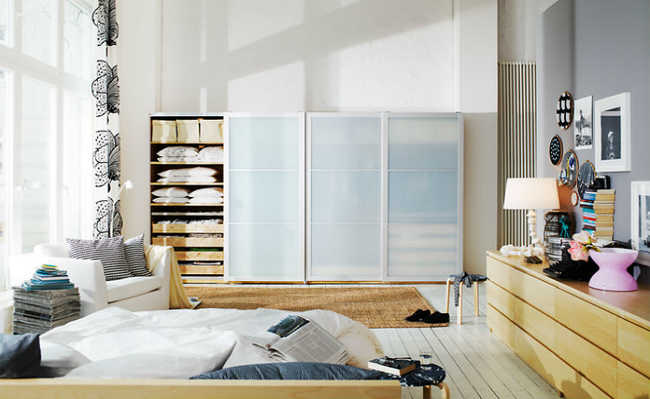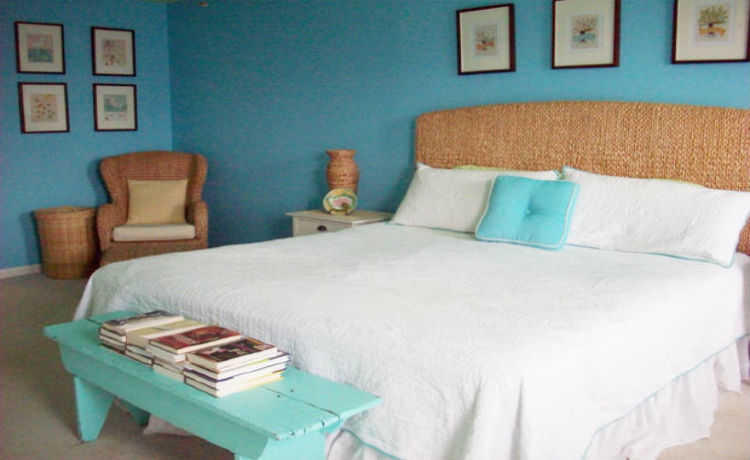Net zero energy buildings: sustainable buildings
Net Zero Energy Buildings use intelligent architecture to ensure energy autonomy in buildings

Edited and resized image of Engineering for Change is available on Flickr and licensed under CC BY-SA 2.0
One net zero energy building , also called a zero energy building (ZE) is a building with zero energy consumption, meaning the total amount of energy used by the building during one year is equal to the amount of renewable energy created on site. These buildings generate less greenhouse gases than ordinary buildings. You net zero energy buildings are able to reduce energy consumption with the use of natural light and thermal insulation.
- What is Renewable Energy
Sustainable architecture
One of the pillars of sustainability is clean energy. Means to reduce energy costs and less polluting ways to generate energy are constantly being developed. In order to build greener cities, it is important to think about the energy consumption of buildings and how to reduce it.
Architecture is a very efficient tool for planning buildings that have low energy consumption, or even are energy self-sufficient. Zero energy buildings are buildings with “zero consumption” of energy, that is, the total amount of energy used, on an annual basis, is approximately equal to the amount of renewable energy produced on site (on-site) or acquired from other renewable energy sources (off-site).
- What is biomimetic architecture?
An important aspect for the sustainability of this activity is that the production of this energy must come from renewable and clean sources, such as solar, wind and geothermal.
Within the concept, buildings can fall into two classifications: net zero energy site and net zero source energy. In the first, the building is completely energy-autonomous, while in the second, the building cannot generate everything it consumes, but covers the deficit with energy from external renewable sources.
Brazilian regulation does not provide for the sale of surplus renewable energy produced on-site to the public network. But there is a credit compensation model, in which the consumer is left with credits that can be applied to reduce the electricity bill. These credits can be used within 60 months and can be transferred to offset the consumption of other locations, whose holder is the same, both for individuals and companies, as long as they are served by the same energy distributor.
Remember that self-production of energy is only half the way. To be truly sustainable, buildings must also take into account the management of water, waste, issues such as accessibility, among others.
- What is Municipal Solid Waste?
To reach this level, the buildings are designed seeking efficiency, using so-called architectural intelligence and bioclimatic architecture. Did you know that through an architectural project it is possible to reduce artificial lighting and the need for HVAC systems?
- What is blue light and its dangers
All elements interdependent and play together when designing a building net zero energy . It takes into account from the dimension and positioning of windows, solar orientation, thermal insulation on walls and ceilings, doors, to adequate dimensioning and planning of balconies, flaps and slabs, etc. Some of these elements are easy to identify and you can notice them in your home. Have you ever noticed that that room in your house where there is more sunlight tends to be warmer even when the sun goes away?
Sufficient natural lighting is often able to save energy, provide comfort and not overload HVAC systems. But, it's not as simple as it sounds. Greater use of sunlight can significantly increase the thermal load at the same time, due to direct sunlight. Therefore, there is a need for a complete study of the building's needs for proper planning.
To ensure comfort and considerably reduce energy, one option is to adopt good thermal insulation, which reduces heat losses to the outside in winter and heat gains in summer.
New technologies and building materials have helped engineering and construction companies put into practice energy-efficient projects, such as glass that allows light to pass through but retains some of the heat; paints, coatings and insulation that reduce heat transmission; materials that retain external heat during the day and release to the environment at night, among others.
Net Zero Energy Building Strategies
Controlling lighting by zone and application is essential for any energy-efficient building project. Some buildings use automatic shutter control to take advantage of natural lighting and manage the heat in the environment, reducing the consumption of the artificial lighting and air conditioning system. Another option is to protect the outdoor area with shading of the glazed areas to reduce heat ingress.
Using high thermal inertia materials allows you to slow down outdoor temperature peaks and delay the maximum and minimum peak indoor temperature. Furthermore, a good orientation of the building and the positioning of the openings allows the use of natural ventilation in an intelligent way.
For the production of electricity, there is mainly generation through photovoltaic cells or wind turbines.
- Solar energy: what is it, advantages and disadvantages
Air cooling systems with geothermal heat reject to the ground close to the building are also an option used. There is also the use of an absorption acclimatization system, with solar collectors and heat generation with biomass.
net zero energy buildings are still very rare. However, more and more efficient architectural projects emerge that can reduce consumption towards energy autonomy in buildings.










